Space19+ Briefing card - Planetary Defence
Video: What is a near-Earth asteroid?

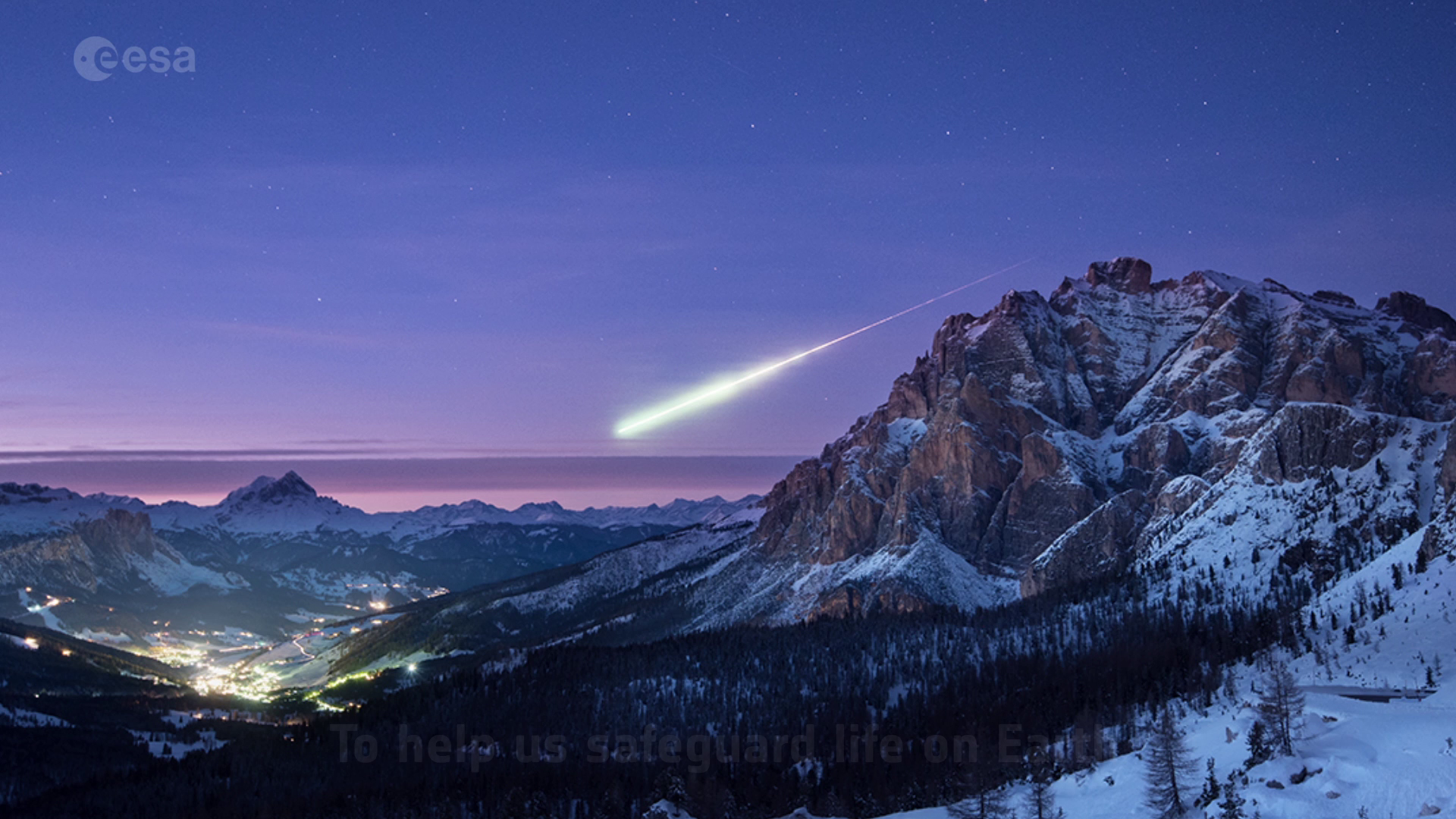
Access the video
We often hear from astronomers and other scientists about 'near-earth asteroids' - lumps of rock and metal that orbit through our Solar System, and pass close enough to our planet to pose an impact risk.
But many people wonder what this means, and ask additional questions. How many are there? Where do they come from? And why should we care about them?
Video: Asteroid Day 2018 live from ESA/ESO

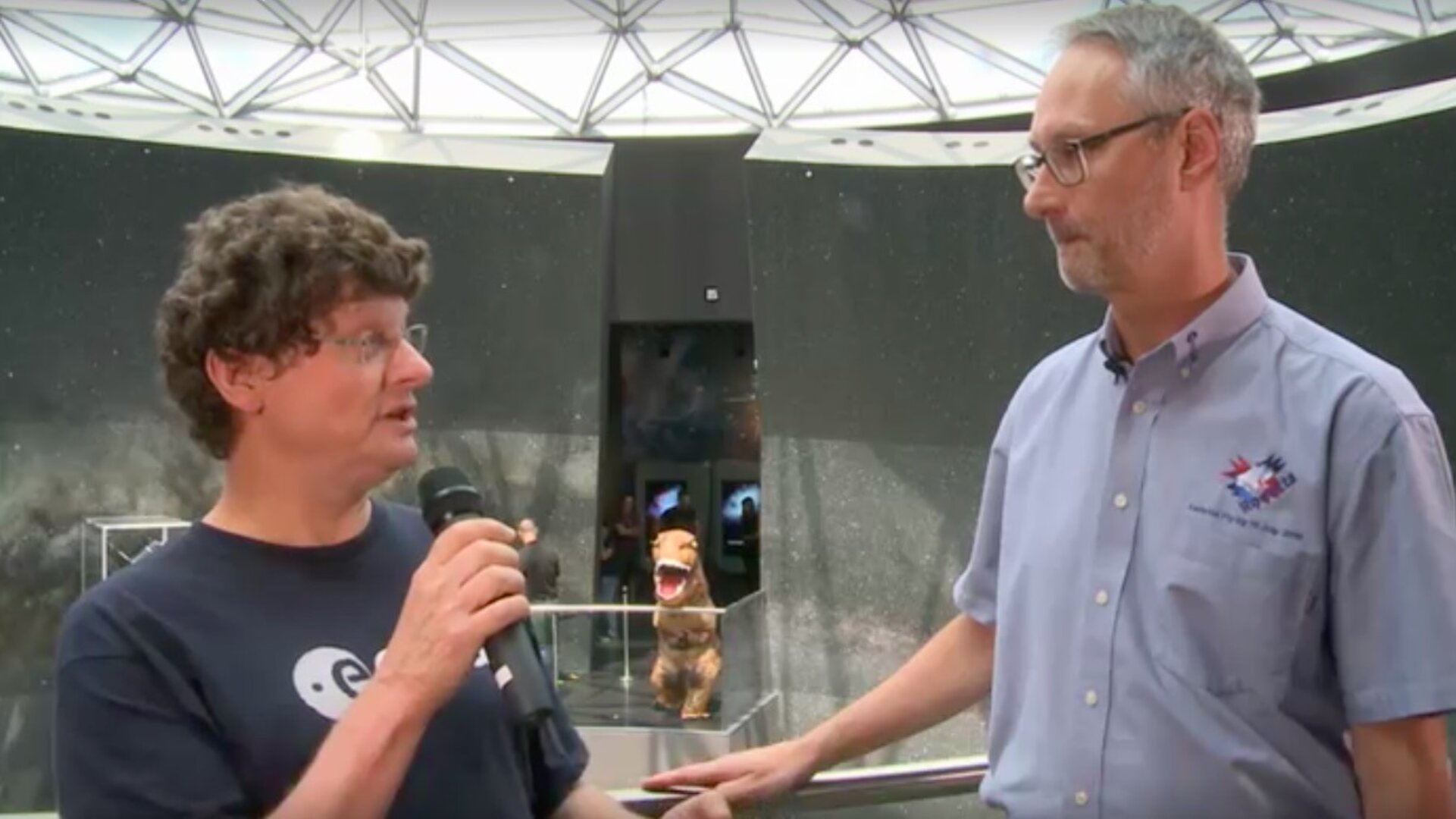
Access the video
On 30 June 2018, the European Southern Observatory (ESO) and ESA teamed up to produce a packed Asteroid Day webcast, streamed live from the new ESO Supernova Planetarium and Visitor Centre in Munich.
The programme featured expert interviews with ESA and ESO scientists, news and updates from Europe's asteroid hunters and some of the most recent asteroid science results, including the blockbuster news on Oumuamua, the first-ever interplanetary visitor.
Video: Flyeye: the bug-eyed telescope monitoring our skies

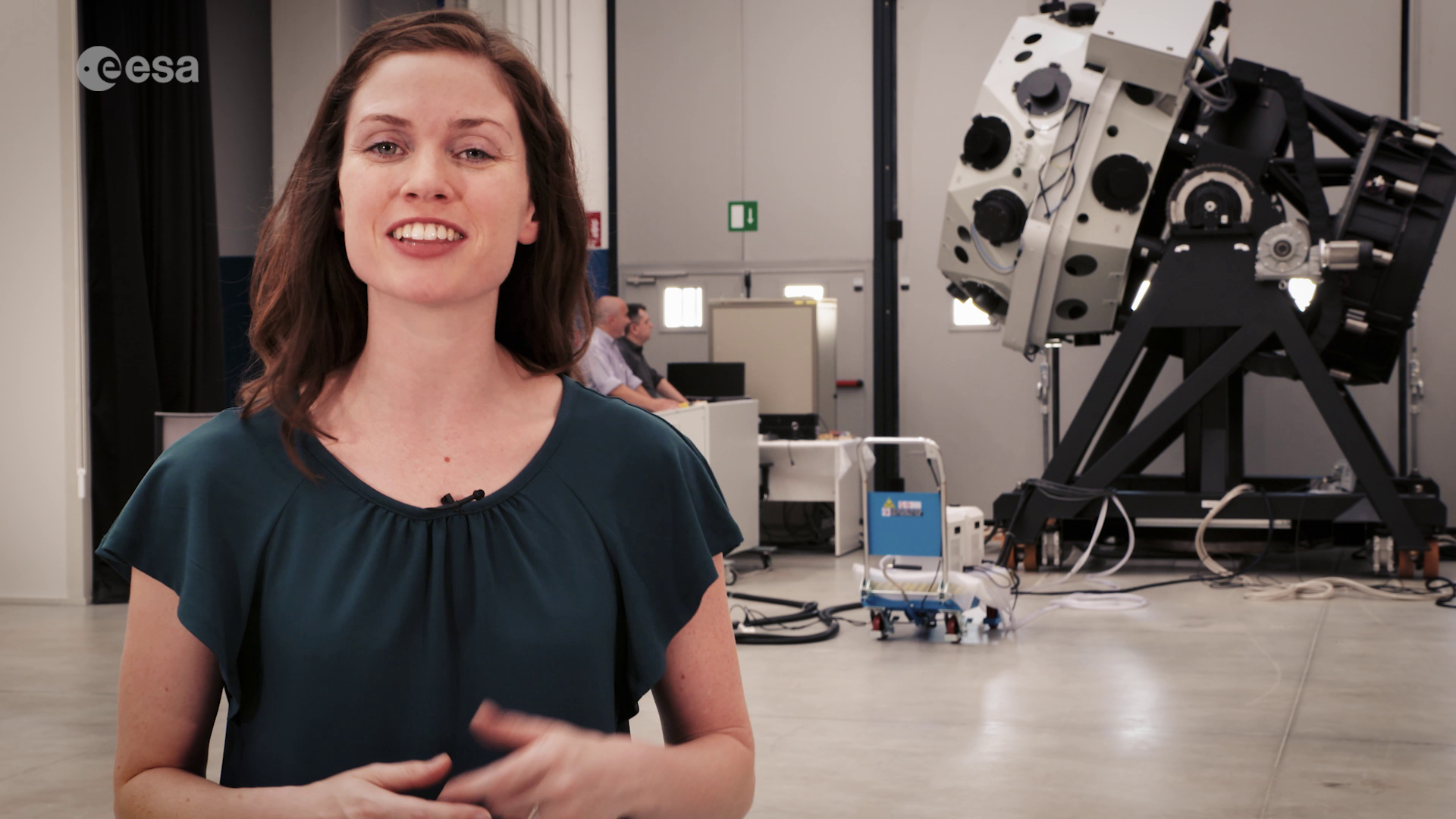
Access the video
As part of the global effort to hunt risky asteroids and comets, ESA is developing an automated telescope to conduct nightly sky surveys, known as a the ‘Flyeye’ telescope due to its multiple optics and extra-wide field of view. This telescope is the first in a future network that will completely scan the sky and automatically identify possible new near-Earth objects (NEOs) for follow up by human researchers.
Image: Flyeye Observatory
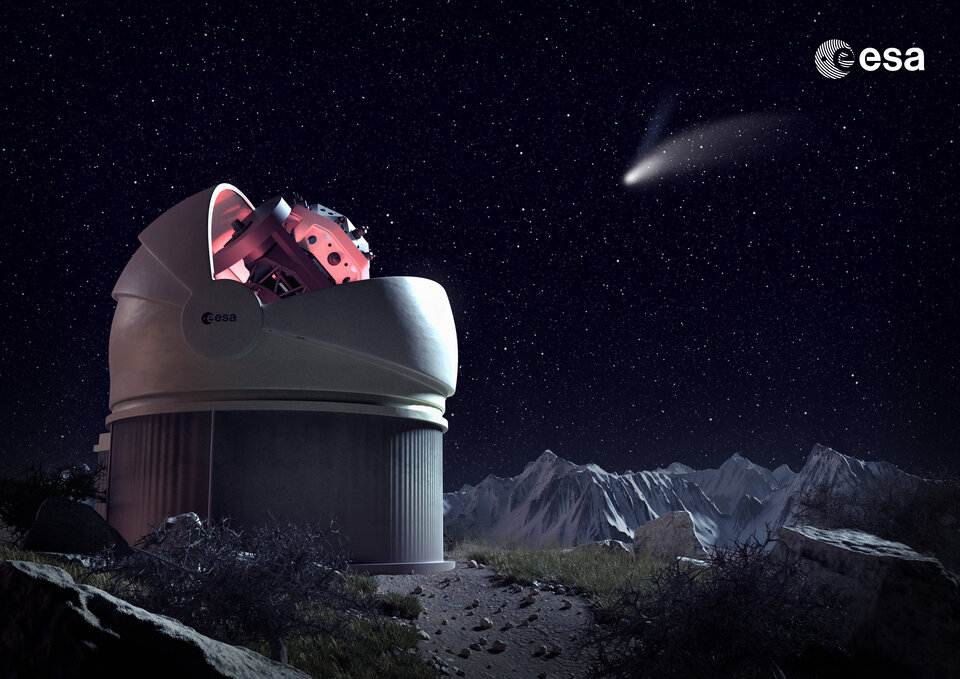
As part of the global effort to hunt out risky celestial objects such as asteroids and comets, ESA is developing an automated telescope for nightly sky surveys. This telescope is the first in a future network that would completely scan the sky and automatically identify possible new near-Earth objects, or NEOs, for follow up and later checking by human researchers.
Image: Flyeye telescope
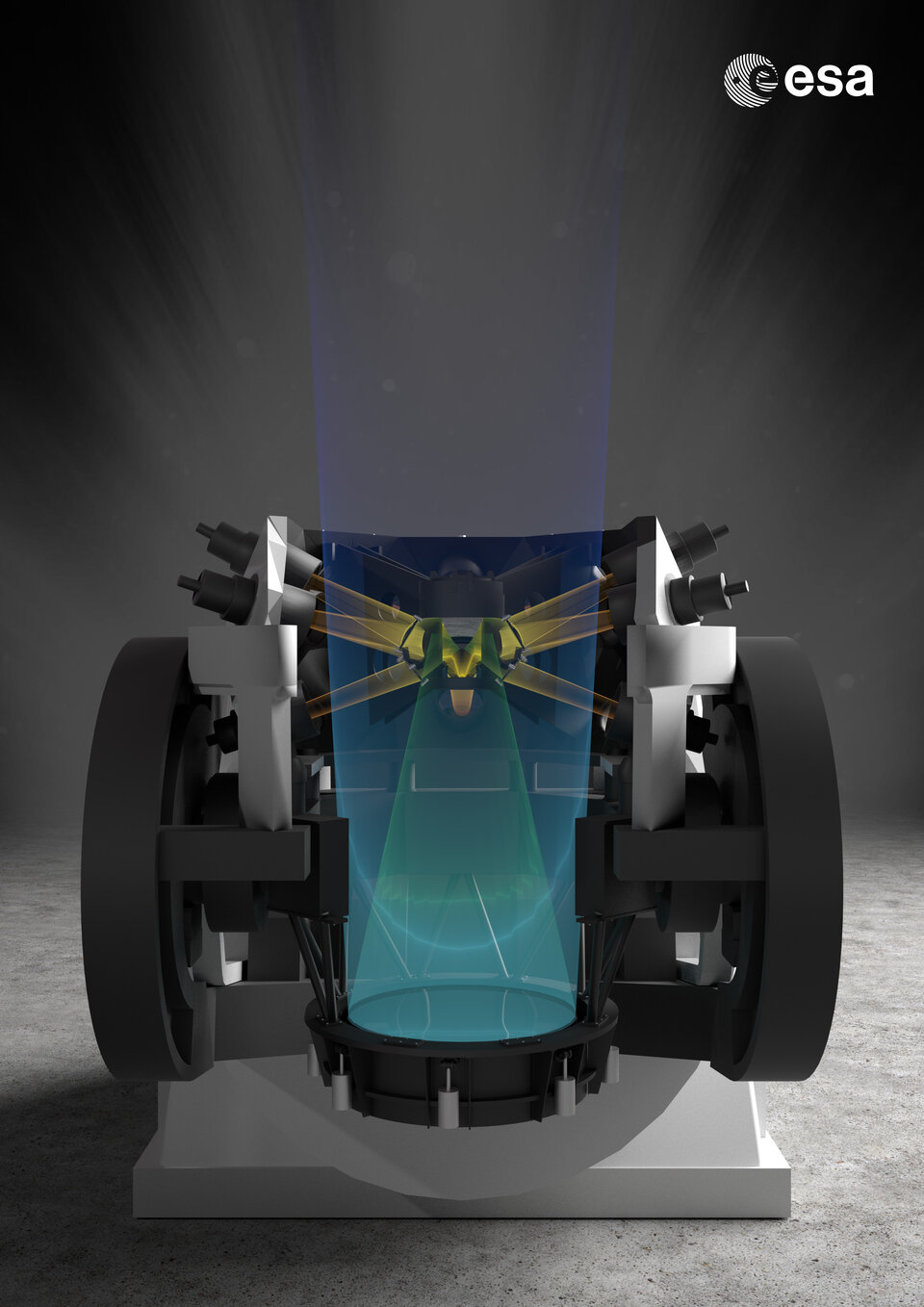
The telescope, nicknamed ‘Flyeye’, splits the image into 16 smaller subimages to expand the field of view, similar to the technique exploited by a fly’s compound eye. Such fly-eyed survey telescopes provide a very large field of view: 6.7° x 6.7° or about 45 square degrees. 6.7° is about 13 times the diameter of the Moon as seen from the Earth (roughly 0.5 degrees).
Hera mission

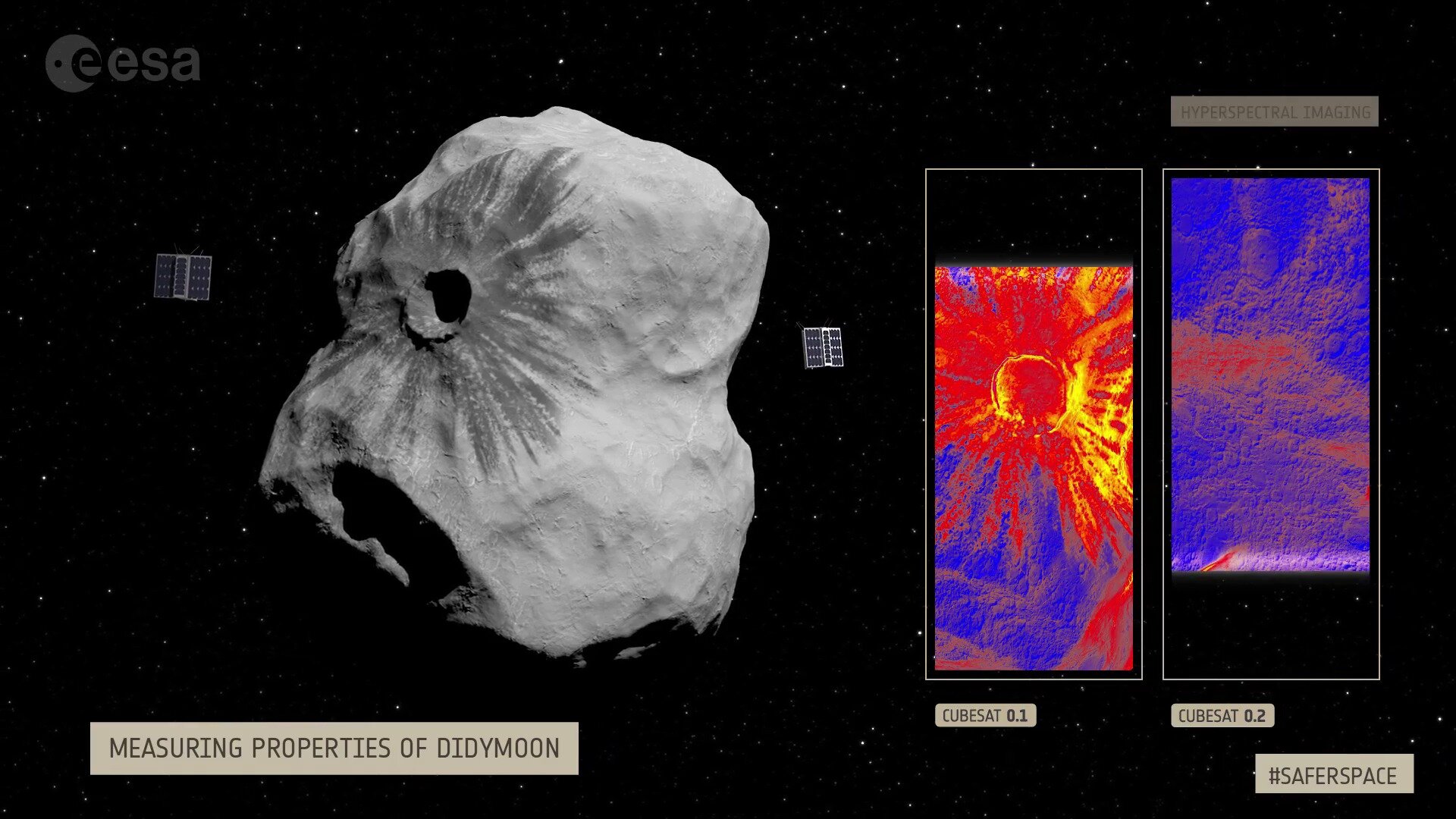
Access the video
If an asteroid were ever headed our way, what could we do about it?
Hera Mission

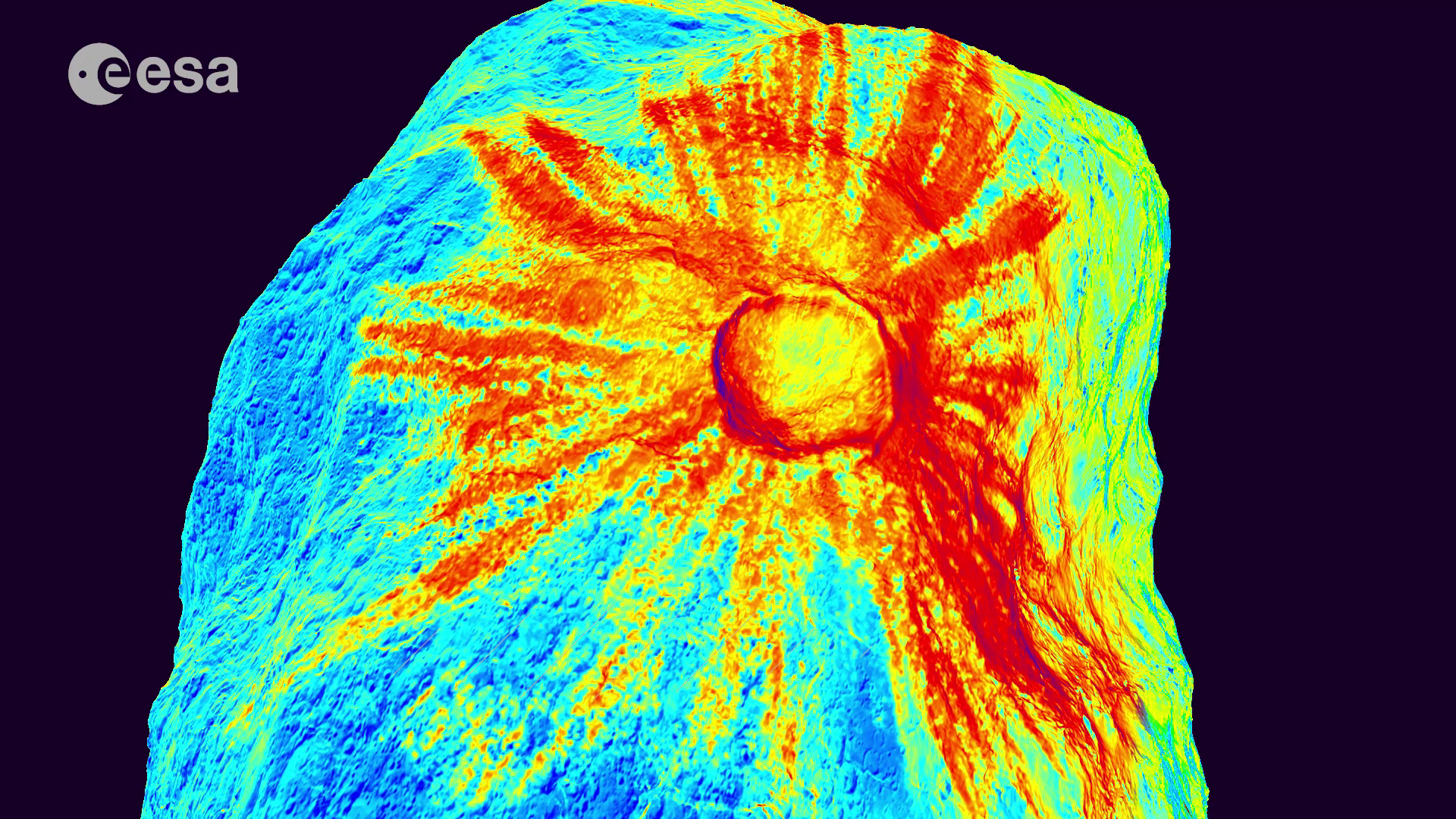
Access the video
More information on ESA's proposed Hera mission, the European contribution to an ESA-NASA double-spacecraft AIDA mission, which is intended to test whether a kinetic deflection technique can be used to shift the orbit of an asteroid.

